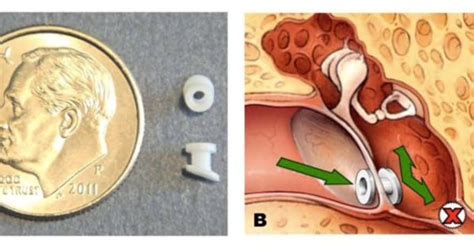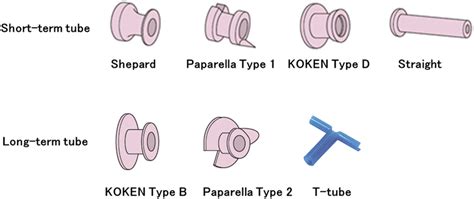Intro
Discover how ear tubes relieve ear infections, hearing loss, and Eustachian tube dysfunction, promoting healthy ear drainage and middle ear ventilation, to improve overall ear health.
The importance of ear health cannot be overstated, as our ability to hear and maintain balance is crucial for our overall well-being. One common issue that affects many people, especially children, is the buildup of fluid in the middle ear, which can lead to hearing loss, discomfort, and other complications. Fortunately, there are effective solutions available to address this problem, and one of the most common and successful treatments is the insertion of ear tubes. In this article, we will explore the ways in which ear tubes can help alleviate ear problems and improve hearing.
Ear tubes, also known as tympanostomy tubes, are small, hollow tubes that are surgically inserted into the eardrum to drain fluid from the middle ear. This simple procedure has been used for decades to treat a variety of ear-related issues, including otitis media with effusion (fluid buildup in the middle ear), recurrent ear infections, and eustachian tube dysfunction. By allowing air to enter the middle ear and fluid to drain out, ear tubes can help restore normal hearing and prevent further complications.
The benefits of ear tubes are numerous, and they have been shown to be highly effective in treating ear problems in both children and adults. Not only can they help alleviate discomfort and hearing loss, but they can also prevent more serious complications, such as permanent hearing damage, speech delays, and balance problems. In addition, ear tubes can be used to treat a range of other ear-related issues, including ear infections, perforated eardrums, and cholesteatoma (a type of skin cyst in the middle ear).
How Ear Tubes Work

Benefits of Ear Tubes
The benefits of ear tubes are numerous, and they can be used to treat a range of ear-related issues. Some of the most significant benefits of ear tubes include: * Restoring normal hearing and preventing further hearing loss * Relieving discomfort and pain associated with ear problems * Preventing more serious complications, such as permanent hearing damage and balance problems * Treating ear infections and other ear-related issues * Improving speech and language development in childrenTypes of Ear Tubes

Insertion Procedure
The insertion procedure for ear tubes is typically quick and straightforward, and can be performed under local anesthesia or sedation. The procedure involves making a small incision in the eardrum and inserting the ear tube, which is then secured in place with a small amount of tissue glue. The entire procedure typically takes less than 15 minutes to complete, and patients can usually return home the same day.Risks and Complications

Aftercare and Follow-up
After ear tube insertion, patients will typically need to follow a series of aftercare instructions to ensure proper healing and minimize the risk of complications. Some of the most common aftercare instructions include: * Avoiding water entry into the ear canal * Avoiding strenuous activities or heavy lifting * Taking antibiotics or other medications as directed * Following up with a doctor or audiologist for regular check-ups and tube removalLong-term Effects

Conclusion and Next Steps
In conclusion, ear tubes are a safe and effective treatment option for a range of ear-related issues, including fluid buildup, ear infections, and hearing loss. By understanding the benefits, risks, and complications associated with ear tube insertion, patients can make informed decisions about their treatment options and take the first step towards improved ear health and hearing. If you or a loved one is experiencing ear problems, it's essential to consult with a doctor or audiologist to determine the best course of treatment and discuss the potential benefits and risks of ear tube insertion.What are ear tubes and how do they work?
+Ear tubes, also known as tympanostomy tubes, are small, hollow tubes that are surgically inserted into the eardrum to drain fluid from the middle ear. They work by providing a temporary bypass for the eustachian tube, allowing air to enter the middle ear and fluid to drain out.
What are the benefits of ear tubes?
+The benefits of ear tubes include restoring normal hearing, relieving discomfort and pain, preventing more serious complications, and treating ear infections and other ear-related issues.
What are the risks and complications associated with ear tube insertion?
+The risks and complications associated with ear tube insertion include infection or bleeding at the insertion site, perforation of the eardrum or middle ear damage, displacement or blockage of the ear tube, and allergic reactions to the ear tube or insertion materials.
We hope this article has provided you with a comprehensive understanding of ear tubes and their role in treating ear-related issues. If you have any further questions or concerns, please don't hesitate to reach out to a medical professional or leave a comment below. Share this article with friends and family who may be experiencing ear problems, and help spread awareness about the importance of ear health and the benefits of ear tube insertion.
